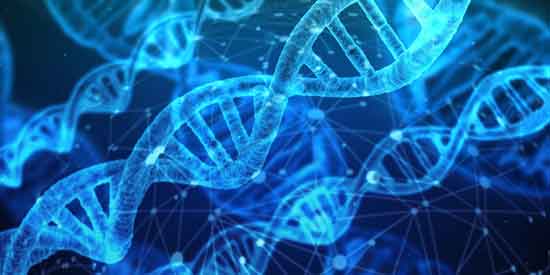
Somatics is a term that has only recently been coined. If you asked ten people what it is, you will likely get ten different responses. In a nut shell, it is the connection between our living physical body (our soma) and our mind. It is the study and practice of experiencing greater unity of these aspects of our selves, which at times may seem disconnected but are two sides of ourselves. When they are integrated, there is but one entity.
There are many traditional disciplines which support the integration of soma and mind such as hatha yoga, tai chi and qigong.
We may consider two approaches to somatics. As the name suggests, mind-body practices originate with the mind, or mental realm which then affects the physical body. This is common in many mindfulness and stress reduction practices. The mind is the director for example, when the brain may imagine aspects or processes in the body informing it that it (the body) exists or initiate some process to occur. A simple example of this is using our mind intention to direct the breath in the belly. Other examples include visualizing the skeletal structure, fascia, blood vessels and any other body tissue, organ or system.
On the other hand, body-mind practices originate with the body as the source of experience and this informs the mind. The brain is the witness for example, when you become directly aware of movement of the belly with the breath, sensation or touch coming directly from the body. This informs the mind of the existence of the body. We can also have the direct experience of our skeletal structure, fascia or other tissues and organs as the source of our presence. This may then be registered consciously by the brain.
It may seem like somatic semantics, however where we originate our question or initiate our pre-sensory motor focus influences our being, experience and relational ability. It is non-hierarchical and both approaches are used in the process of embodiment. The embodied state is one in which our cells are in direct awareness and knowledge of themselves. There is no guide and no witness. An embodied individual or somatic practitioner can effortlessly be in greater ease, understanding and effectiveness in our lives and in the lives of others.
From a somatic orientation, body sensations, feelings and movement are the source for our experience which informs the conscious mind to categorize, organize and remember. The embodiment of our cells, tissues and body systems affects our perceptions and psychophysical relationship with ourselves and others. Our body may serve as a doorway into an infinite realm.
My perspective has been informed by the study and practice of Body-Mind Centering® (BMC™). Body-Mind Centering is a study of developmental movement, that is how we develop our minds and perceptions. This continues through our lives and proceeds from conception to walking and beyond. It also entails experiential learning about the body-mind through movement, anatomic study, meditations, somatizations, touch, art and dialog.